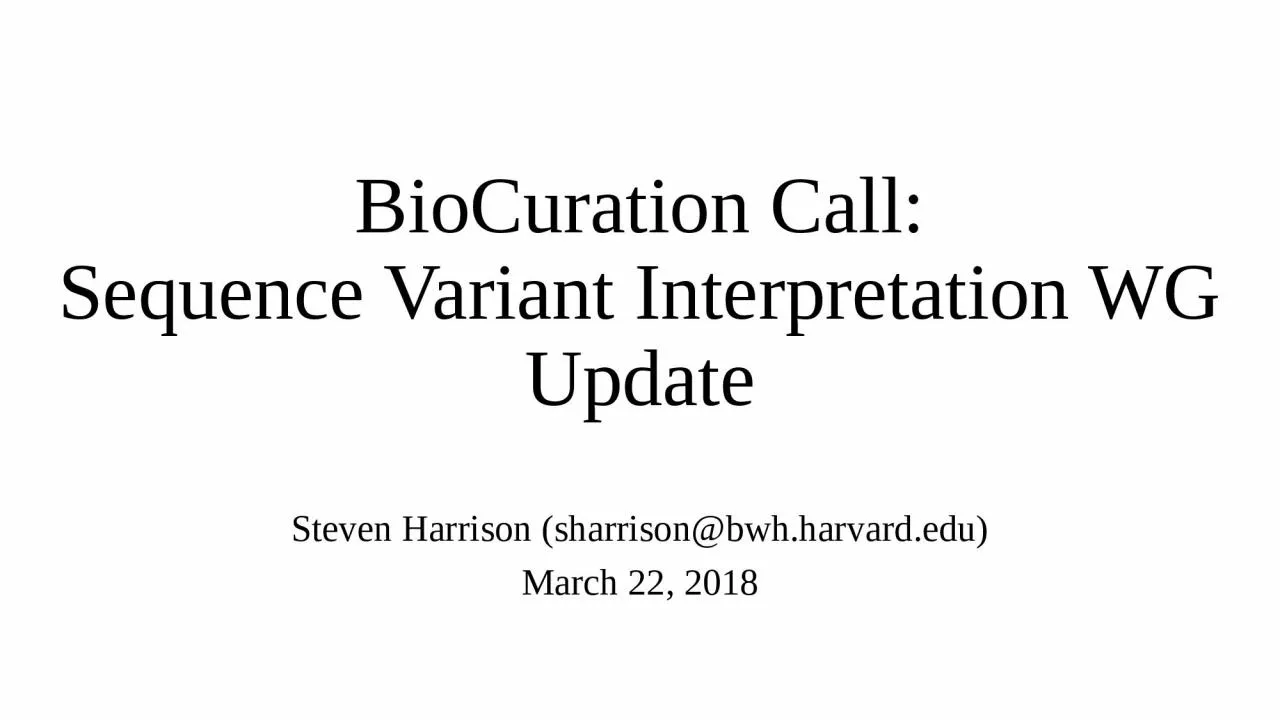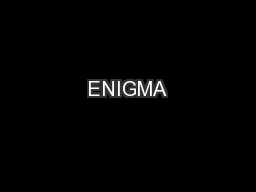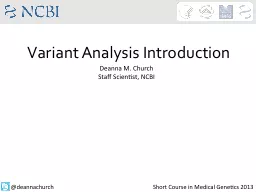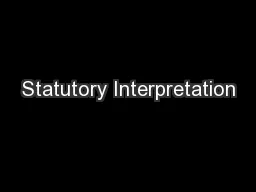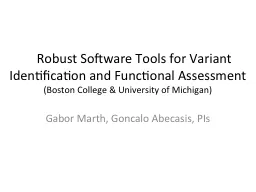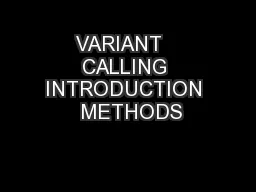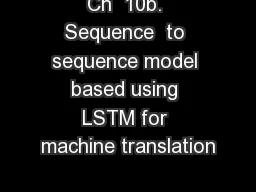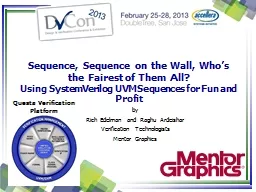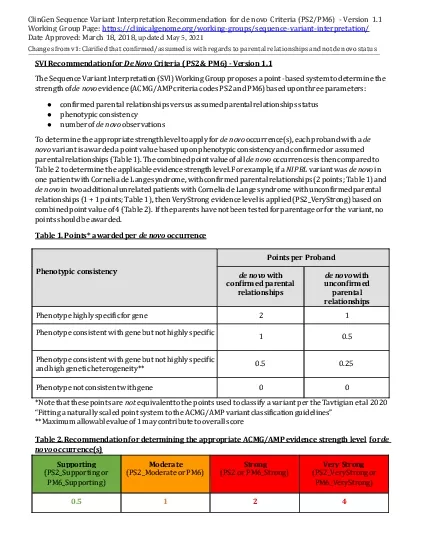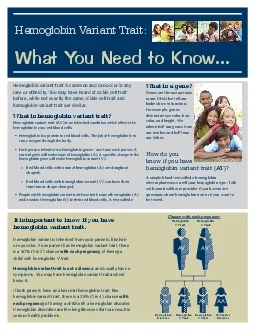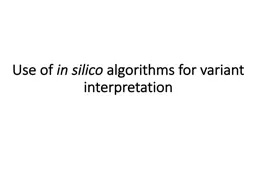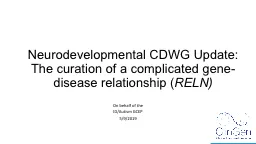PPT-BioCuration Call: Sequence Variant Interpretation WG Update
Author : Littlespud | Published Date : 2022-08-01
Steven Harrison sharrisonbwhharvardedu March 22 2018 SVI Updates Reputable source PP5BP6 paper Bayes paper PVS1 LOF recommendation PS2PM6 De novo recommendation
Presentation Embed Code
Download Presentation
Download Presentation The PPT/PDF document "BioCuration Call: Sequence Variant Inte..." is the property of its rightful owner. Permission is granted to download and print the materials on this website for personal, non-commercial use only, and to display it on your personal computer provided you do not modify the materials and that you retain all copyright notices contained in the materials. By downloading content from our website, you accept the terms of this agreement.
BioCuration Call: Sequence Variant Interpretation WG Update: Transcript
Download Rules Of Document
"BioCuration Call: Sequence Variant Interpretation WG Update"The content belongs to its owner. You may download and print it for personal use, without modification, and keep all copyright notices. By downloading, you agree to these terms.
Related Documents

